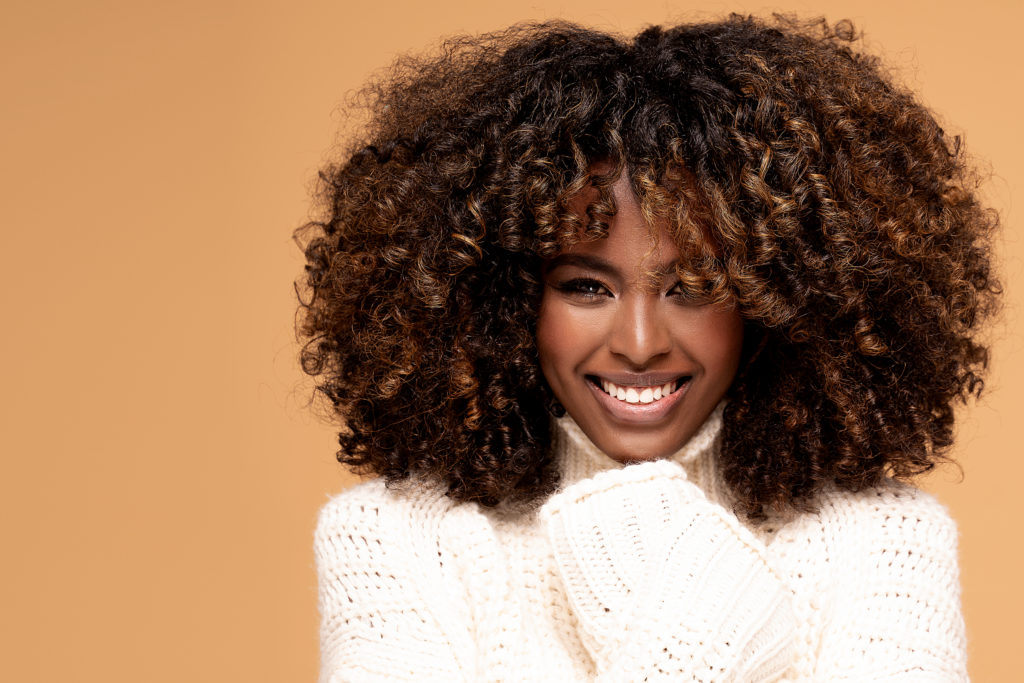It’s time to adjust. We’ve set our clocks back, we’re seeing the days are going by faster and they’re shorter now. We’re starting to feel the colder days coming on. Old-man winter has made his reservations to stay with us for at least the next four months. Treat the season right.
At last, we can transition to another season for a wardrobe change. Yes, I don’t want to see someone walking through town in a t-shirt, shorts, and flip-flops. We’re done with summer. Time to move on.

The Winter season is “The most wonderful time of the year” for getting dressed and layered to withstand those frigid and blustery days of the winter season. But you also want to look stylish while keeping warm. It can be a little tricky to figure out your wardrobe.
Growing up in Philadelphia, I recall having four seasons: winter, spring, summer, and fall. We were able to dress accordingly for each season. Ms. Retta, aka mom, was spearheading the wardrobe department for my brother and me. When the winter season came around, it was all about dressing for warmth, not fashion. Heavy parka coats, mittens, scratchy wool scarf, and matching knit cap. We wore those green galoshes with the metal snap closures where snow always found its way into the boots. When you got to school, your socks were soaked.
Getting home from school, we couldn’t wait to get out of all the layering. As you can tell, nothing was fashionable, it about functioned: “staying warm and not catching a cold,” as mom would repeatedly tell us while bundling us up with layers of clothing.
As I came into my own decision-making and a little money, dressing appropriately for the seasons played a part in how I got through whatever weather conditions
season, which can bring on many challenges. But it can also create opportunities for expressing the love of the winter months in one’s attire.

Shirt by STEVEN LAND
Pants by WILLIAM RAST
Shoes by VLADO
What makes the months of December through March enjoyable for those of us who live in the Mid-west and Northeast regions of the country who love dressing for the season? Well, it starts with a variety of richness in colors, fabrics, and the art of layering to keep warm while still looking well-attired.
Once the fall foliage comes around, we want our colors to move from bright pastels to dark and rich colors. Here are my ideal colors to consider for the winter season: charcoal, navy, forest green, mustard, wine, camel, and hickory. Also, think russet, cordovan, espresso, and saddle brown to round out the earth tones of the winter season.
When considering what to wear to be warm, don’t sacrifice style and comfort for warmth. You’ll thank me later when you’re not missing days at work because you’re in bed with the flu. So, selecting the right types of fabrics will defend your body from the elements of the day. Here are my favorite go-to fabrics:
Wool: Two things: it’s warm and insulates, protecting the body from heat, as well the cold. Wool is a fall/winter staple in menswear. You’ll find this fabric is used from socks and beanies to coats. It’ll cover you from head to toe. I would recommend not wearing all of these at the same time as this will make you excessively hot.
Corduroy: You should have at least one or two garments in this cloth. Generally made from 100% cotton, it’s warm and flexible. This unique cloth has ribbing in the fabric or “wale.” It comes in different thicknesses, the thicker wale the warmer. Also, corduroy comes in a range of colors and is used in outerwear, trousers, shirts, and jackets.

Flannel: A lightly brushed fabric often made from wool, cotton, or a blend. It too insulates just like wool, but it has a softer feel and richer texture. It’s ideal for trousers, blazers, and shirts.
Cashmere: The luxe fabric for the winter season, it’s a type of fabric made from goat’s hair. It provides warmth without any weight. What you get is the softest to the touch and least irritating to the skin. The ideal wardrobe pieces would be knitwear and scarves. One takeaway I would recommend is hand-washing your cashmere pieces as they’ll have greater longevity over the time you own them.
Merino: Similar in feel and look to cashmere, this wool from the Merino sheep has a luxurious feel to the skin. It can be worn as a base or part of your layering. I see this as a turtleneck sweater layered under a jacket, cardigan for a little dressier attire, or a hoodie for the early morning java run to your local coffee shop.
With this range of fabric choices, you’ll survive and thrive in the cold months to come and times of harsh winter days. You’ll stay warm and in style because you’ve selected the right colors, fabrics, and seasonal clothing.
I don’t take winter as a negative time of the year, I embrace the three to four months of cold. My positive takeaway is that I know I’m going to enjoy the winter months because I have an arsenal of the right clothing for the right season and now you will, too.


